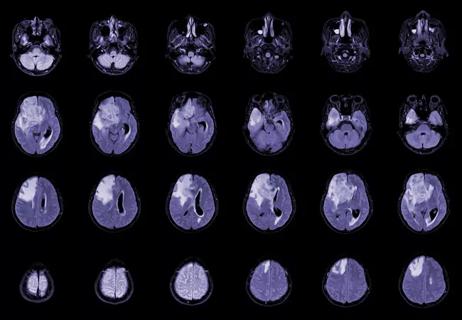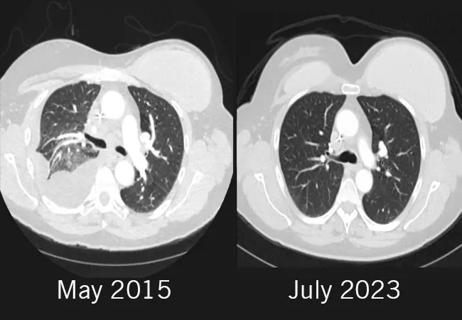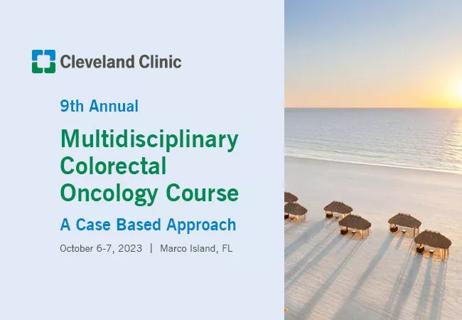Diagnosis shouldn’t lead to debt, bankruptcy

Cancer’s devastating impact on patients isn’t just physical and psychological. It’s also economic.
Advertisement
Cleveland Clinic is a non-profit academic medical center. Advertising on our site helps support our mission. We do not endorse non-Cleveland Clinic products or services. Policy
A single new cancer drug can cost more than $300,000 per year, and combination therapies with the latest immunologic- and genomic-based treatments edge close to $1 million annually. Thirty percent of cancer patients go into debt at some point during treatment and 3 percent file for bankruptcy.
For many, the reality is grim, writes Taussig Cancer Institute Chairman Brian J. Bolwell, MD, FACP, of Cleveland Clinic Cancer Center, in a new Newsweek column. The U.S. healthcare system’s payment structure for cancer drugs forces patients to make life-and-death decisions based on their financial status. That is unacceptable. As the federal government’s Cancer Moonshot initiative gains momentum, the time is right for reform.
Read the complete column here.
Advertisement
Advertisement

Timing and type of side effects differ greatly from chemotherapy

Dedicated multidisciplinary teams support 84 ultra-rare cancers

Sessions explore treatment advances and multidisciplinary care

New research from Cleveland Clinic helps explain why these tumors are so refractory to treatment, and suggests new therapeutic avenues

Combination of olaparib and carboplatin results in complete durable response for a patient with BRCA2 and “BRCAness” mutations

Early communication between oncologists and ophthalmologist warranted

Case-based course delves into latest treatment approaches

Long-term relationship building and engagement key to gaining community trust